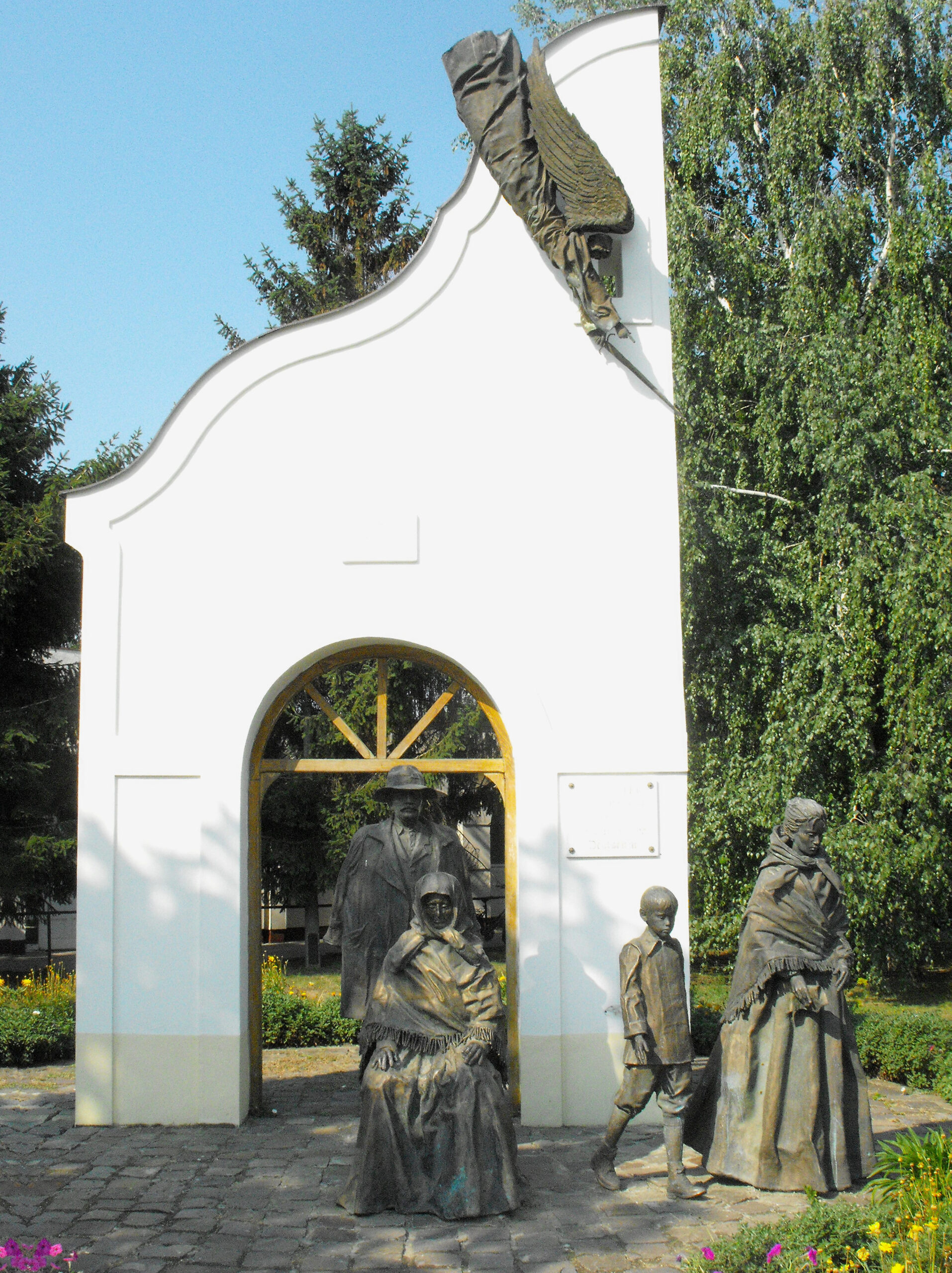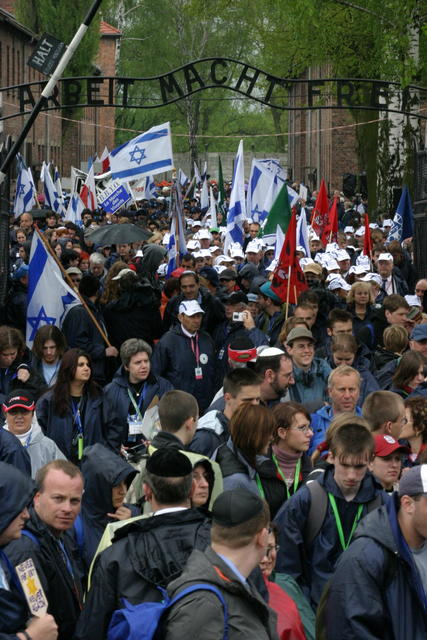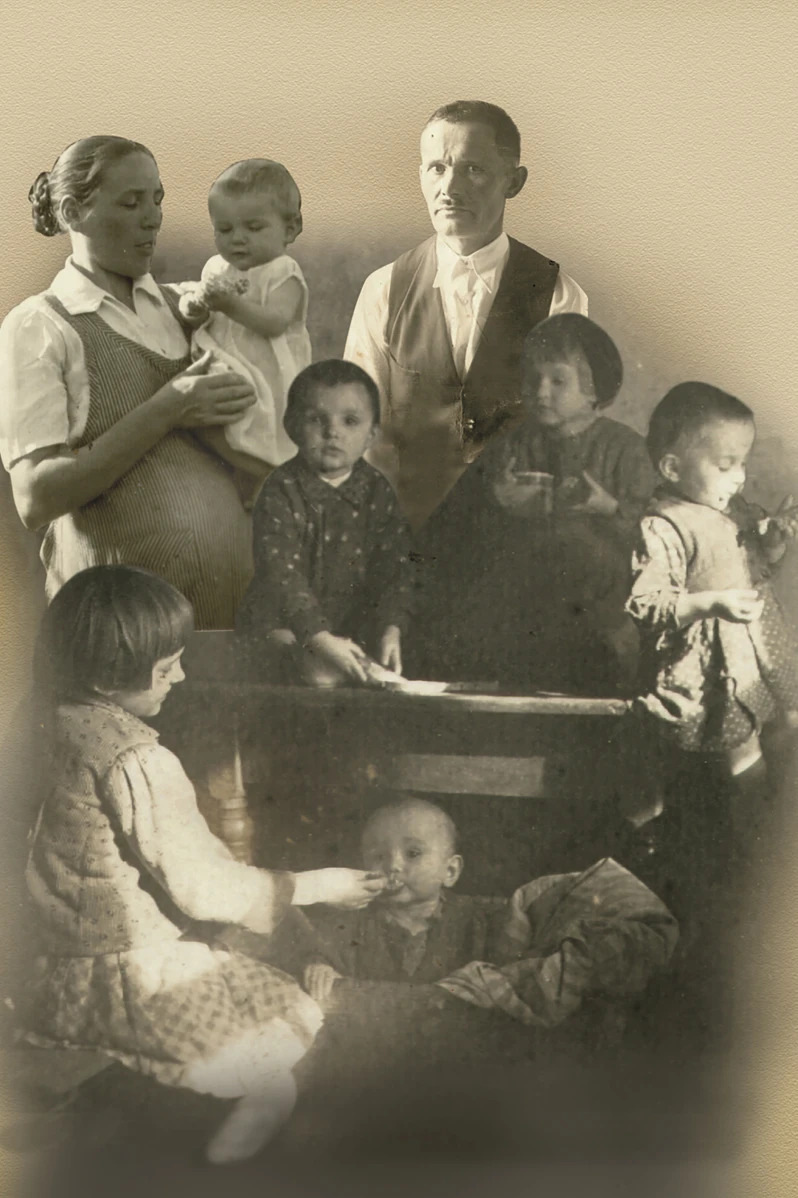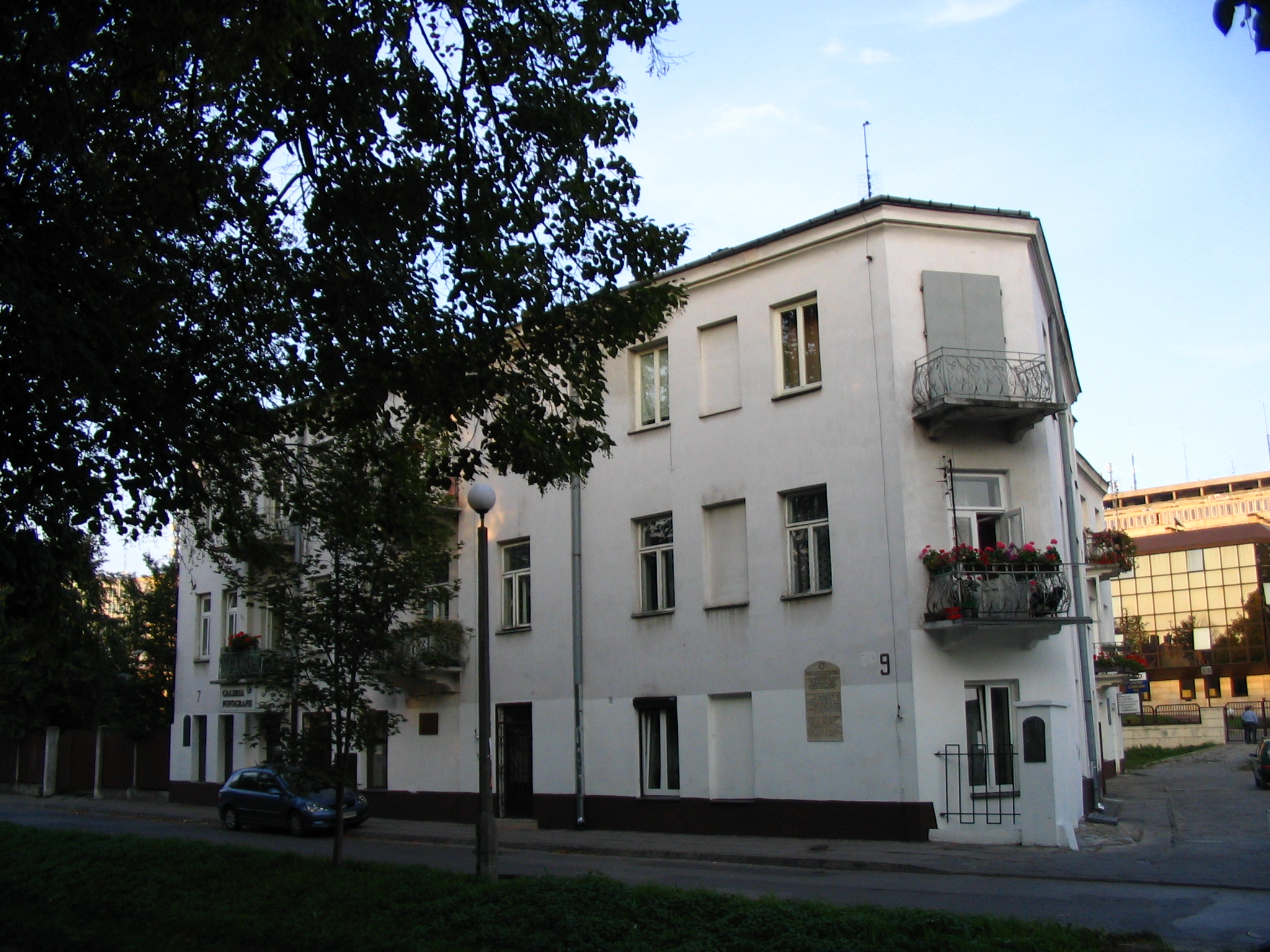The expulsion of the German minority – Elek
Fact of the Hungarian figure „Minorities in Hungary”
Part of the „The emancipation of minorities” topic
The expulsion of the German minority from Hungary after World War II is one of the most tragic events in Central Europe’s ethnic history. Among many towns affected, Elek in southeastern Hungary stands out as a powerful example of the upheaval that took place. The German-speaking population, known as the Danube Swabians, had been an essential part of Hungarian society for hundreds of years, contributing to the area’s economy and culture. Their roots go back to the 18th century when the Habsburgs encouraged German settlers to move in and develop the lands of the Hungarian Kingdom. These settlers kept their language, traditions, and a unique cultural identity while living peacefully alongside other ethnic groups in Hungary. But after World War II, their lives changed dramatically.
The Potsdam Conference in 1945, which shaped the rebuilding of post-war Europe, authorized the expulsion of German minorities from Central and Eastern Europe. This decision was intended to prevent future conflicts by removing German populations. In Hungary, this resulted in the forced displacement of hundreds of thousands of ethnic Germans, including those from Elek. Memorials, cultural events, and historical research aim to keep the memory of the Danube Swabians alive and ensure that the lessons of this dark chapter are not forgotten.





